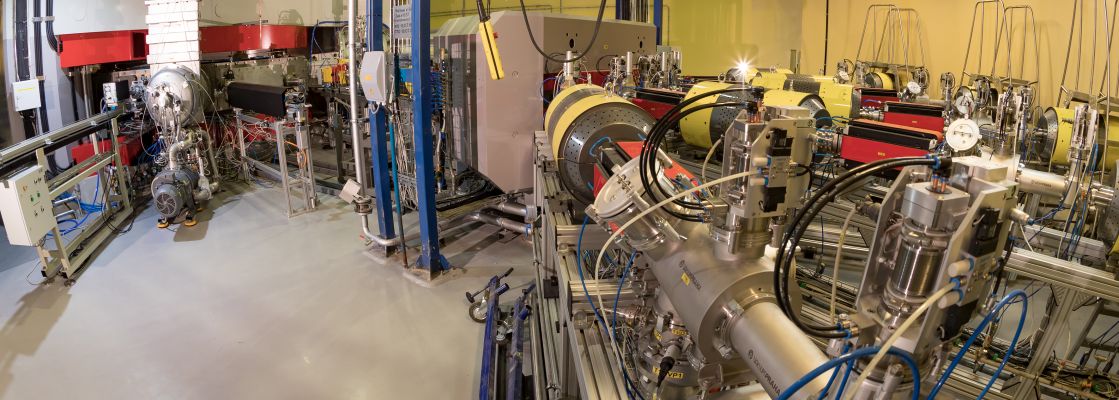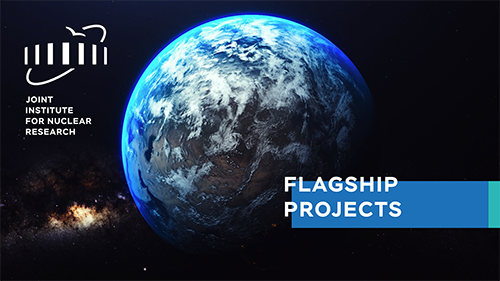The Joint Institute for Nuclear Research is an international intergovernmental organization, a world famous scientific centre that is a unique example of integration of fundamental theoretical and experimental research with development and application of the cutting edge technology and university education. The rating of JINR in the world scientific community is very high.
The Institute possesses a mighty basis: traditions of scientific schools acknowledged worldwide; basic facilities with unique capacity to solve challenging tasks in various fields of modern physics; the status of an international intergovernmental organization.
The basic element of the triad – fundamental science – includes the so-called framework projects, namely the projects that imply the use of large experimental facilities. New scientific trends appear and new technologies are developed through their accomplishment. The unique powerful fleet of basic facilities of JINR (accelertors and reactors) has been a strong attraction for decades for scientists from Member States and many other centres of the world.
The research policy of JINR is determined by the Scientific Council, which consists of eminent scientists from the Member States as well as famous researchers from China, France, Germany, Greece, Hungary, India, Italy, Switzerland, the USA, the European Organization for Nuclear Research (CERN) and others
The Joint Institute possesses a remarkable choice of experimental facilities for physics: the only in Europe and Asia superconducting accelerator of nuclei and heavy ions – the Nuclotron, heavy ion cyclotrons U-400 and U-400M with record beam parameters for experiments on the synthesis of heavy and exotic ions, a unique neutron pulsed reactor IBR-2 used for research in neutron nuclear physics and condensed matter physics, the DC-280 Cyclotron (the main facility of the Superheavy Element Factory), and a proton accelerator – the Phasotron that is used for ray therapy.



